Latest MedRAS News
February 2024
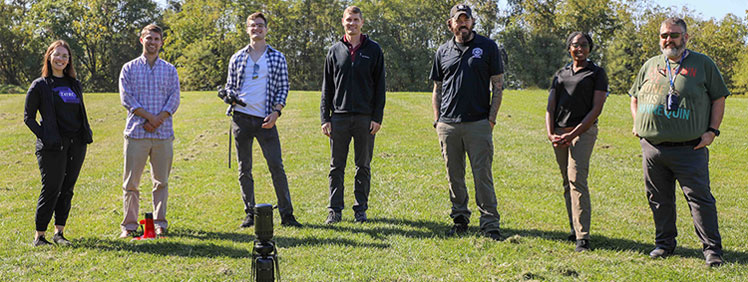
When Ethan Quist was a child, he liked to build things using LEGO and other construction toys. In middle school, he discovered that he also enjoyed math and science. During his senior year in high school, he took a computer science class that challenged and excited him.
Read moreNovember 2022

The US Army practiced drone-assisted battlefield blood delivery in a recent Project Convergence 22 exercise.
An FVR-90 drone flew with blood packages in the Mojave desert, dropping them off at Fort Irwin in a simulated mass-casualty situation.
Read more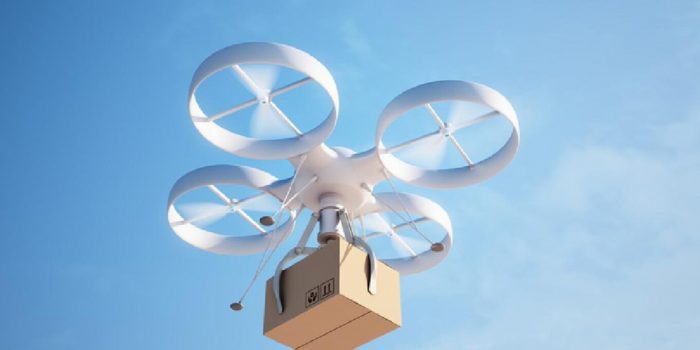
The US Army has successfully tested drones to deliver medical supplies to wounded warriors on a battlefield.
The training exercise was held in California. It was led by the US with militaries of other nations. Drones dropped simulated blood and other crucial medical supplies to soldiers as part of Project Crimson.
Read more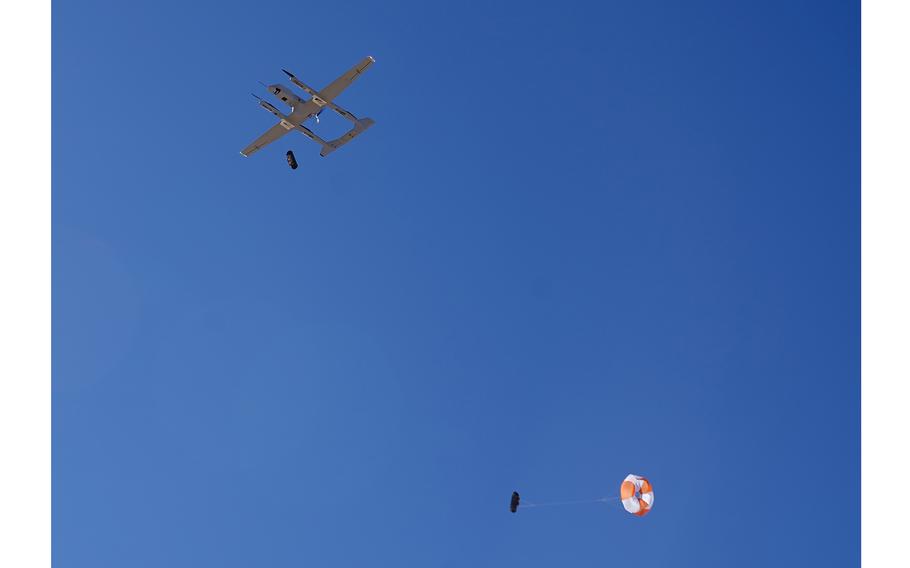
Army drones are dropping packages of simulated blood over the Mojave Desert in an effort to find better ways to rush medical supplies to wounded troops as quickly as possible.
Read more
FORT IRWIN, Calif. — A buzz could be heard as a medical supply drone known as Project Crimson flew overhead to drop off packages of crucial medical field supplies to medics assisting wounded warriors.
Read moreOctober 2022
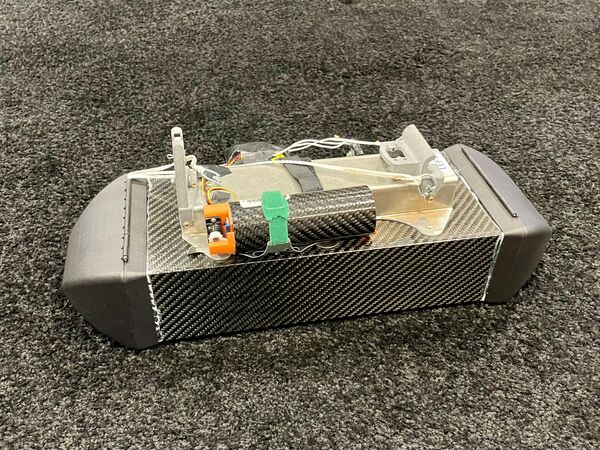
US Army Medical Research and Development Command (USAMRDC) is developing a device to deliver whole blood and other medical supplies via an unmanned aircraft system (UAS).
Read moreApril 2022

RED SPRINGS — Two drone demonstrations took place Wednesday at Emerging Technology Institute where attendees learned of drone technology that can be used to transport items like blood or supplies needed to soldiers on the battlefield.
Read moreNovember 2021

What if vampires delivered blood instead of taking it away? That seems to be the key concept at work behind the Army’s latest idea to deliver life-saving blood to medics in the field via autonomous drones.
Read more
Near Earth Autonomy and L3Harris Technologies have successfully demonstrated an unmanned aircraft system (UAS) capable of autonomously delivering life-saving blood and other medical supplies hundreds of miles from operational bases to medics in the field.drones.
Read more
Near Earth Autonomy and L3Harris Technologies have announced a successful demonstration of an unmanned aircraft system (UAS) that can autonomously deliver life-saving blood and other medical supplies hundreds of miles away from operational bases to medics in the field.
Read moreSeptember 2021
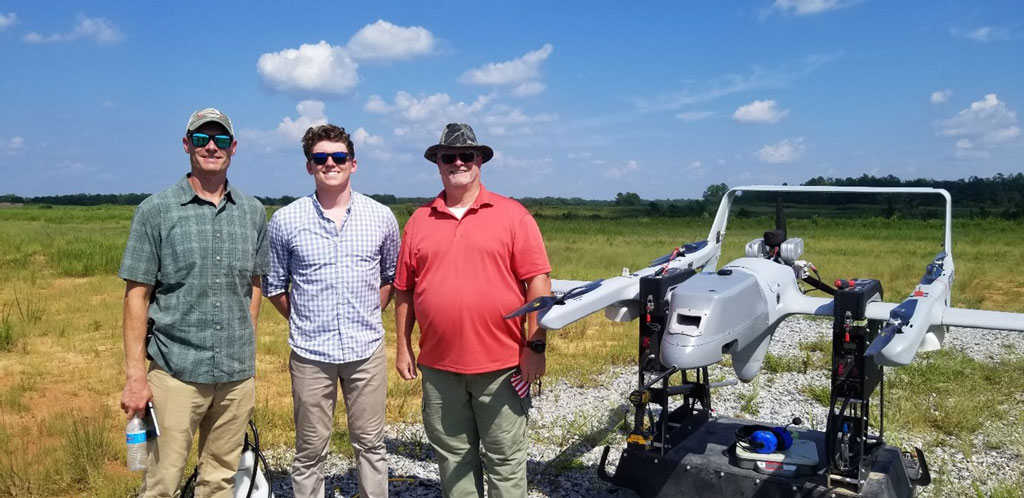
It’s bird! It’s a plane! No, it’s Project Crimson! While not truly a superhero, this TATRC-sponsored SBIR effort sure showed some hero-level capabilities in its first official live prototype assessment at the Maneuver Support, Sustainment, and Protection Integration eXperiments 2021 (MSSPIX ’21) at Ft. Pickett, VA this past fall.
Read the Article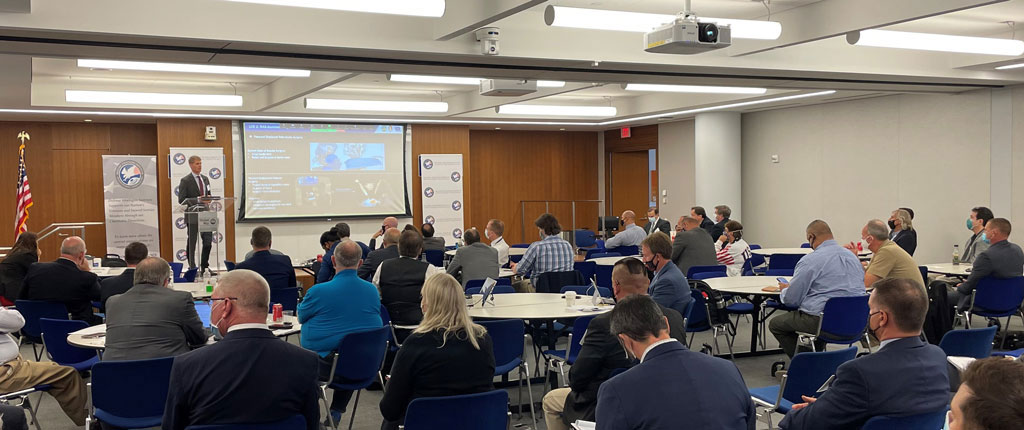
This past August, Mr. Nathan Fisher, Chief of TATRC's Medical Robotics and Autonomous Systems (MedRAS) Division, presented at the DoD Robotics and Unmanned Systems (UxS) Summit in Alexandria, VA, sponsored by the Defense Strategies Institute (DSI).
Read the ArticleJune 2021

After serving as the Deputy Division Chief for several years, and recently as Acting Chief of the Medical Robotics and Autonomous Systems (MedRAS) Division, Mr. Fisher was officially appointed as the Chief of the Division in April 2021.
Read the Article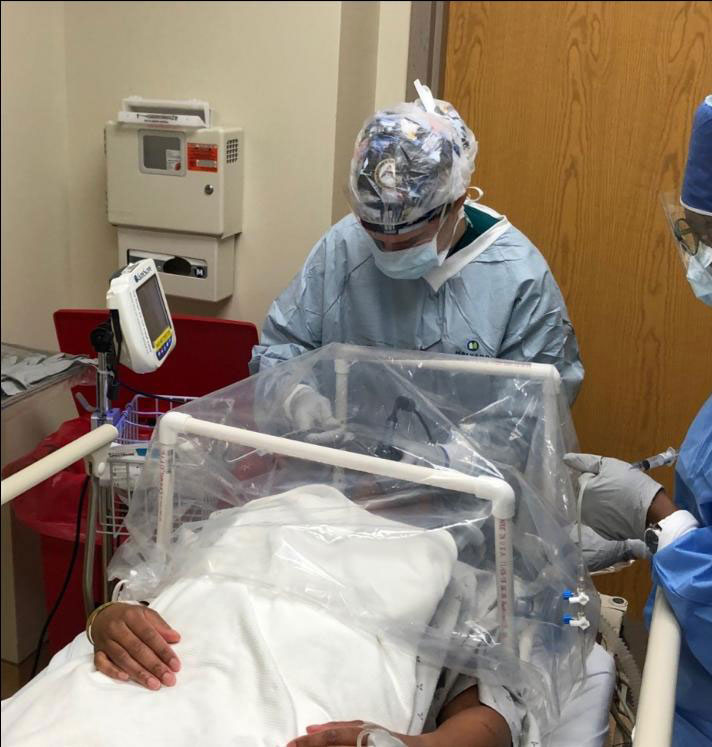
A multi-disciplinary team of scientists, engineers, and doctors who invented the COVID-19 Airway Management Isolation Chamber, or “CAMIC,” was selected to receive a 2021 Excellence in Technology Transfer Award from the Federal Laboratory Consortium for Technology Transfer (FLC).
Read the Article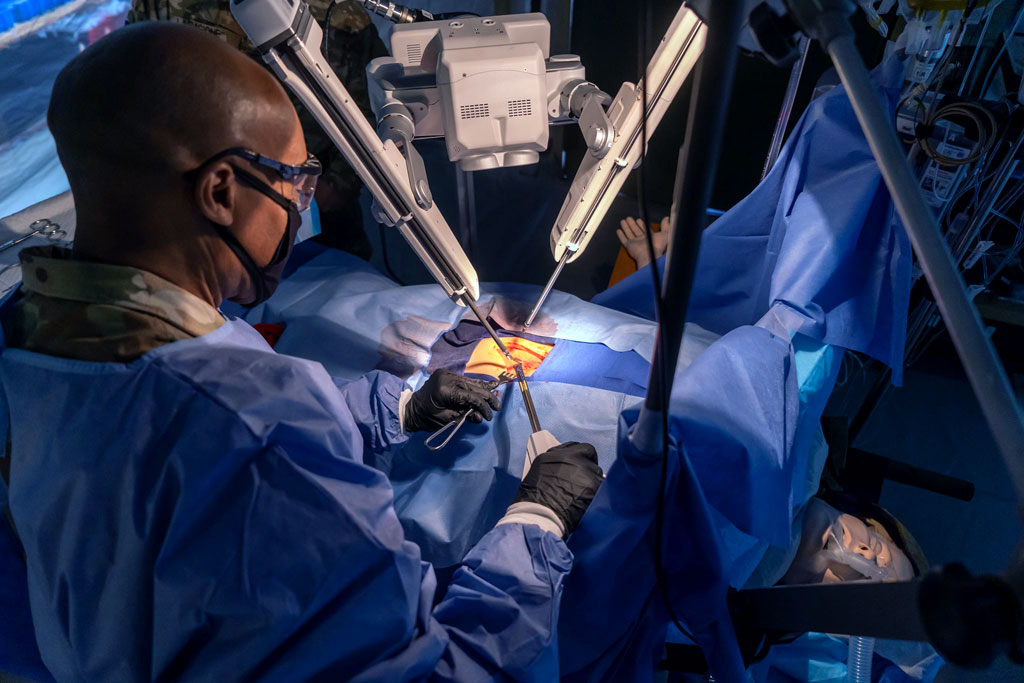
May 2nd marked the Inaugural TeleRobotic Surgery Symposium, a virtual event for Department of Defense stakeholders in Telemedicine, Telementoring, and Telesurgery.
Read the Article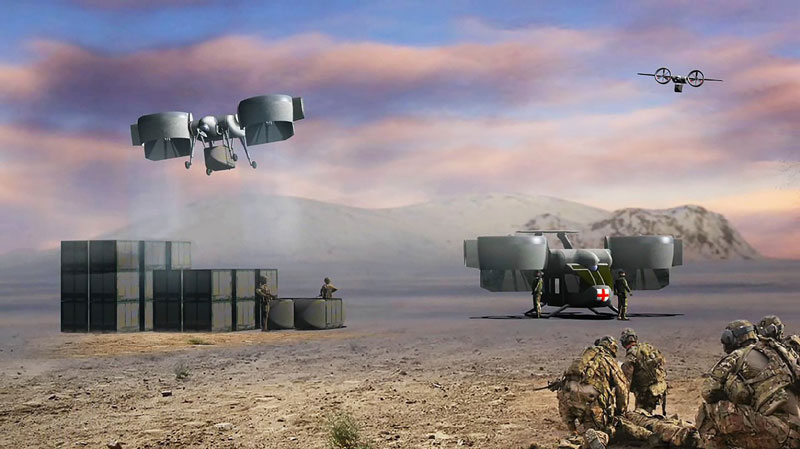
On 20 April, Mr. Nathan Fisher, TATRC’s Chief of the Medical Robotics and Autonomous Systems (MedRAS) Division, presented at the kickoff meeting for the NATO Research Task Group (RTG) for Human Factors in Medicine (HFM)-332 on the “Development and Implementation of Autonomous Transport Medical Systems for Casualty Evacuation.”
Read the Article
Jaeyeon Lee, Ph.D., has joined TATRC’s Medical Robotics & Autonomous Systems (MedRAS) Division as an ORISE Digital Health Fellow.
Read the ArticleMarch 2021
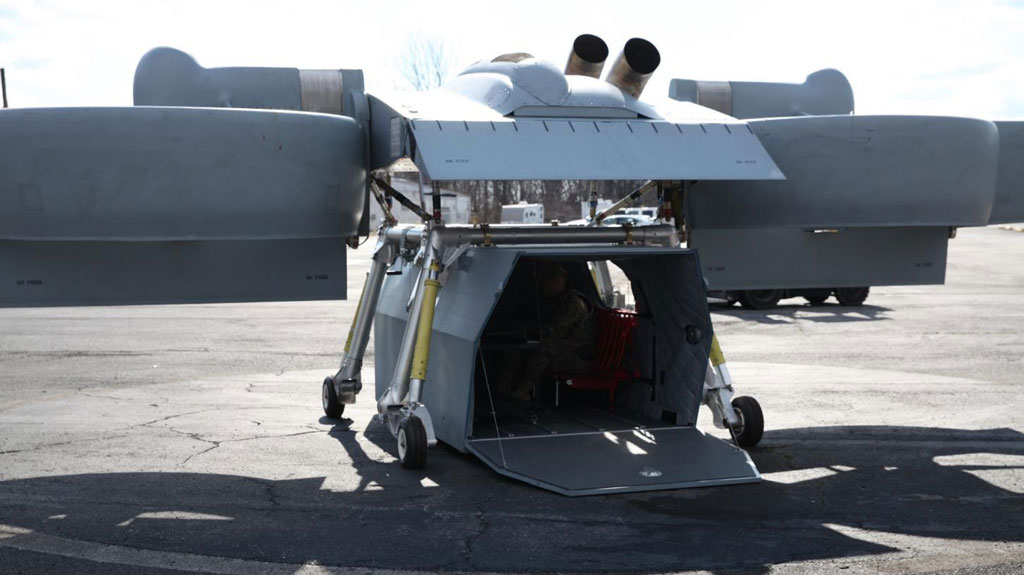
TATRC’s Medical Robotics and Autonomous Systems (MedRAS) Division has a new resource and asset in its lab. In mid-March, the MedRAS team successfully took receipt of the prototype known as the Mobile Multiple Mission Module or ‘M4,’ at its location in Ft. Detrick.
Read the ArticleJanuary 2021
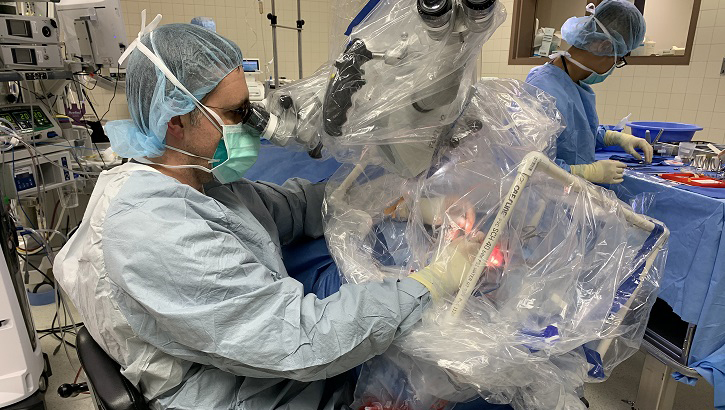
Operational medicine performed by deployed military medical personnel has always driven innovation, and this was more important than ever in responding to the COVID-19 pandemic.
Read the Article
The Army is examining ways to use autonomous vehicles to bring injured soldiers off the battlefield.
In September, Pennsylvania-based company RE2 Robotics received $1.1 million in Small Business Innovation Research funding from the Army Telemedicine and Advanced Technology Research Center to work on a dexterous two-arm system called the Autonomous Casualty Extraction, or ACE.
Read the Article